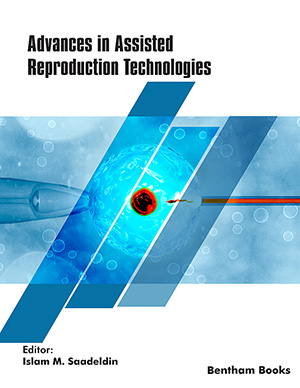Abstract
Background: Apple flowers can be used as a model material to study the disease resistance of apple varieties. Our previous studies indicated that the resistance mechanisms of resistant and susceptible cultivars may involve different defense response-related proteins.
Objective: To investigate the intrinsic differences between two previously introduced apple seedlings under normal conditions. Method: Apple flower samples from two seedlings (one resistant to Alternaria alternate and the other susceptible) were analyzed using two-dimensional electrophoresis and matrix-assisted laser desorption/ionization time-of-flight tandem mass spectrometry. Results: These techniques identified 29 differentially accumulated proteins between the two samples, which could be categorized into five classes. Among them, the most abundant accumulated defense response proteins in the resistant apple included polyphenol oxidase, glycine-rich proteins, superoxide dismutase and glutathione S-transferases, which might play crucial roles in the greater resistance capacity of the resistant cultivar. Conclusion: Herein, new information regarding the differences in resistance between two apple cultivars was revealed. Considering the complex biology involved in the disease resistance mechanisms in apples, further investigations may offer more insights into the molecular mechanisms of resistant apple flowers. The data may also promote further investigations of target proteins.Keywords: Apple flower, comparative proteomics, MALDI-TOF-TOF/MS, resistant, susceptible, two-dimensional electrophoresis.



























